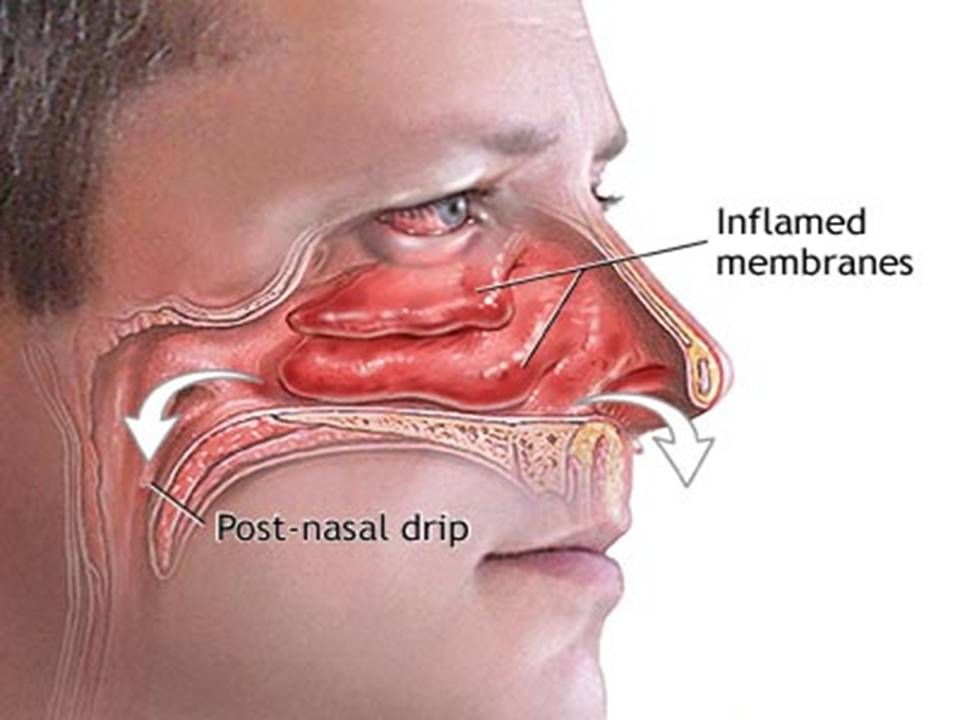Herbicides Can Trigger Rare Diseases
Last reviewed: 23.04.2024

All iLive content is medically reviewed or fact checked to ensure as much factual accuracy as possible.
We have strict sourcing guidelines and only link to reputable media sites, academic research institutions and, whenever possible, medically peer reviewed studies. Note that the numbers in parentheses ([1], [2], etc.) are clickable links to these studies.
If you feel that any of our content is inaccurate, out-of-date, or otherwise questionable, please select it and press Ctrl + Enter.

Chemicals that are used to control unwanted plants, mainly weed grass, herbicides, entering the soil, can adversely affect the ecosystem of reservoirs, have toxic effects, and also lead to the death of plants, animals and humans.
The development of herbicides in the United States, as a means of chemical control of weeds, began during the Second World War. Scientists at Texas research facilities, as well as colleagues from Baylor College of Medicine, concluded that the use of these chemicals may be associated with an increased risk of anomalies in the nasal cavity-atresia of the hoan.
Atresia is a developmental malformation, which consists in the complete closure or narrowing of one or both nasal cavities with a soft tissue or bone septum.

Symptoms of this disease appear soon after the birth of a child, when his breathing is significantly hampered. Atrezia khohan is a rare enough disease and it can be treated only in one way - with the help of surgical intervention.
At the moment, science finds it difficult to name the specific factors that determine this disease.
However, one of the lead authors of the study, associate professor of pediatrics at the Baylor College of Medicine and a staff member at the Texas Children's Oncology Center, Dr. Philippe Lupo, said that the atresia of the koan can be associated with the use of herbicides that enter the body and disrupt the endocrine system of the expectant mother.
In the course of research, scientists considered the effect on the organism of atrazine - a herbicide, which is most common in agricultural practice. It is used for processing cereals. The goal of specialists is to find out whether this type of herbicide affects the human endocrine system.
"Unfortunately, science has not enough knowledge about endocrine disrupters - substances that disrupt the endocrine system. They have been poorly studied, but there are suggestions that these substances block the natural functions of certain hormones. This process occurs as follows: endocrine disruptors interfere with the work of hormones and begin to mimic their actions, which is the cause of the failure, "- the researchers comment.
According to the data received, pregnant women who live in regions where the level of herbicide use is the highest risk are at greatest risk. To such dangerous areas is Texas. The women of this state had a high risk of having a child with an anomaly of atresia of the khohan - up to 80%.
Despite the fact that the conducted studies indicate the danger that herbicides represent for subsequent generations, scientists do not hurry to make unequivocal conclusions. More extensive studies of this problem are needed.
"However, even one study is already the first step to understanding the causes of this rare disease," summarized Philippe Lupo.

 [
[